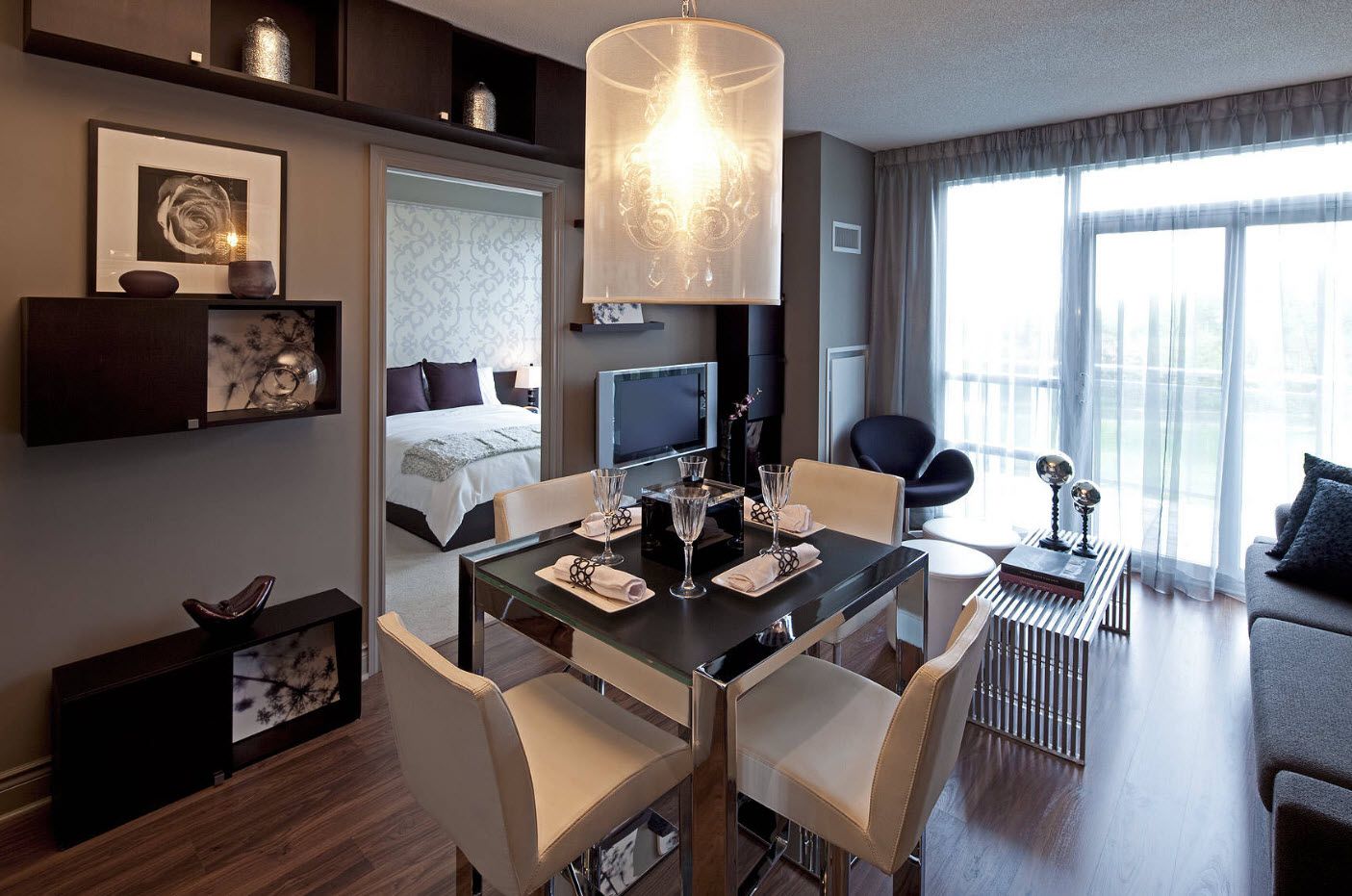Exploring Seaport 1-Bedroom Apartments: Seaport 1 Bedroom Apartments

Seaport areas offer a unique blend of urban living and waterfront charm, making them popular destinations for those seeking a vibrant lifestyle. Finding the perfect 1-bedroom apartment in a seaport can be exciting, but it’s essential to understand the different options available.
Types of 1-Bedroom Apartments
Seaport 1-bedroom apartments come in various sizes, layouts, and features to cater to diverse needs and budgets.
- Studio Apartments: These compact units typically combine the living, sleeping, and kitchen areas into a single space. Studio apartments are ideal for individuals or couples who prioritize affordability and a minimalist lifestyle.
- Traditional 1-Bedroom Apartments: These offer a separate bedroom, living room, kitchen, and bathroom. They provide more space and privacy compared to studios, making them suitable for individuals or couples who need more room.
- Convertible 1-Bedroom Apartments: These apartments are designed to allow flexibility. They may have a large living area that can be converted into a bedroom using a partition or a Murphy bed. Convertible 1-bedrooms offer the potential for extra space when needed.
- Loft Apartments: Found in older buildings with high ceilings, lofts feature open floor plans and often include exposed brick or beams. They offer a unique aesthetic and a sense of spaciousness.
Rental Costs
Rental costs for 1-bedroom apartments in seaport areas can vary significantly depending on factors such as location, amenities, and building age.
- Prime Waterfront Locations: Apartments with direct waterfront views or proximity to popular attractions often command higher rents. Expect to pay a premium for these desirable locations.
- Central Seaport Neighborhoods: Apartments situated in the heart of the seaport, close to shops, restaurants, and public transportation, tend to have higher rental rates than those in quieter areas.
- Outer Seaport Neighborhoods: Apartments located farther from the waterfront or in less bustling areas may offer more affordable rental options. These neighborhoods might be more residential, with a quieter atmosphere.
Advantages and Disadvantages
Living in a 1-bedroom apartment in a seaport offers both advantages and disadvantages.
- Advantages:
- Waterfront Views: Enjoy breathtaking views of the ocean, harbor, or waterfront activities.
- Vibrant Lifestyle: Seaports are often hubs of activity, offering access to restaurants, bars, shops, and cultural events.
- Easy Access to Transportation: Seaports usually have good public transportation options, including ferries, buses, and subway lines.
- Outdoor Recreation: Many seaports offer opportunities for outdoor activities, such as walking, cycling, kayaking, or boating.
- Disadvantages:
- Higher Rental Costs: Seaport apartments tend to be more expensive than those in other neighborhoods.
- Tourist Crowds: Seaports can attract large numbers of tourists, which may lead to noise, congestion, and limited parking.
- Limited Parking: Finding parking in a seaport can be challenging and expensive.
- Seasonal Variations: Seaports can experience fluctuations in weather and tourist activity, which may affect the overall living experience.
Finding the Perfect Seaport Apartment

Finding the perfect seaport apartment is a journey that requires careful planning and consideration. You’ll need to factor in your budget, desired amenities, and proximity to the waterfront and other attractions. Here’s a breakdown of key elements to consider and a step-by-step guide to help you navigate this exciting search.
Factors to Consider When Searching
- Location: Seaport areas offer a unique blend of urban living and waterfront charm. Consider whether you prefer a bustling, vibrant neighborhood with plenty of restaurants and nightlife, or a quieter, more residential area. Think about proximity to public transportation, your workplace, and other important amenities.
- Amenities: Seaport apartments often come with desirable amenities such as waterfront views, private balconies, fitness centers, swimming pools, and community spaces. Determine which amenities are essential to your lifestyle and budget.
- Budget: Seaport areas can have higher rental costs than other neighborhoods. Determine your maximum budget and research average rental rates for 1-bedroom apartments in the specific seaport location you’re interested in. Consider the cost of parking, utilities, and other potential expenses.
Effective Apartment Search
- Online Listings: Start your search by browsing popular online real estate platforms like Zillow, Trulia, Apartments.com, and Craigslist. Filter your search by location, price range, and desired amenities.
- Local Real Estate Agents: A local real estate agent can provide valuable insights into the seaport market, offer personalized recommendations, and assist with the application process.
- Direct Contact with Building Management: Contact the management of specific buildings you’re interested in directly. They can provide information about available units, amenities, and rental rates.
- In-Person Tours: Schedule in-person tours of shortlisted apartments to get a feel for the space, neighborhood, and overall vibe. Pay attention to the condition of the apartment, natural light, noise levels, and any potential issues.
Negotiating Rental Terms, Seaport 1 bedroom apartments
- Know Your Market: Research average rental rates for similar apartments in the area to determine a fair price.
- Be Prepared to Negotiate: Be prepared to negotiate on rent, lease terms, and other aspects of the agreement.
- Read the Lease Carefully: Before signing, thoroughly review the lease agreement to understand all terms and conditions.
